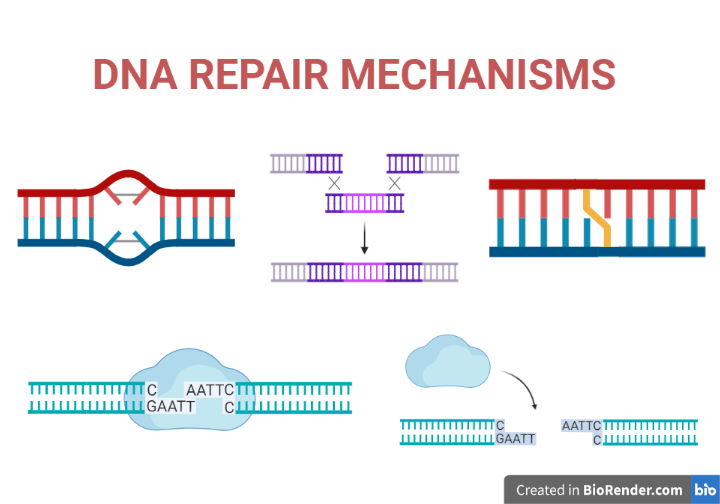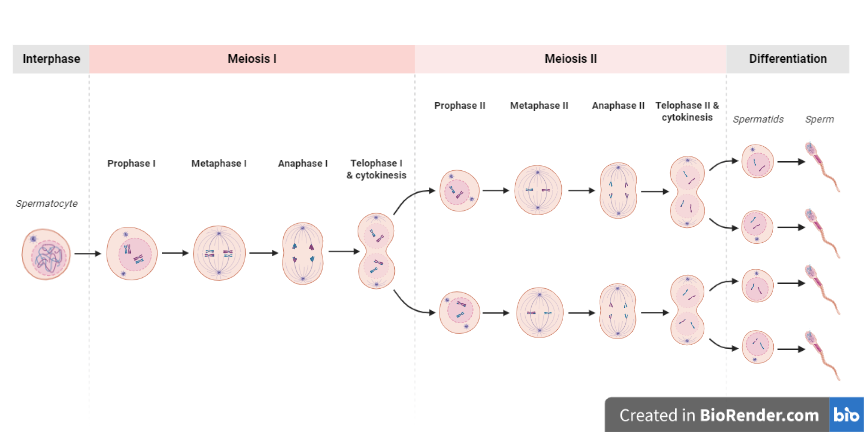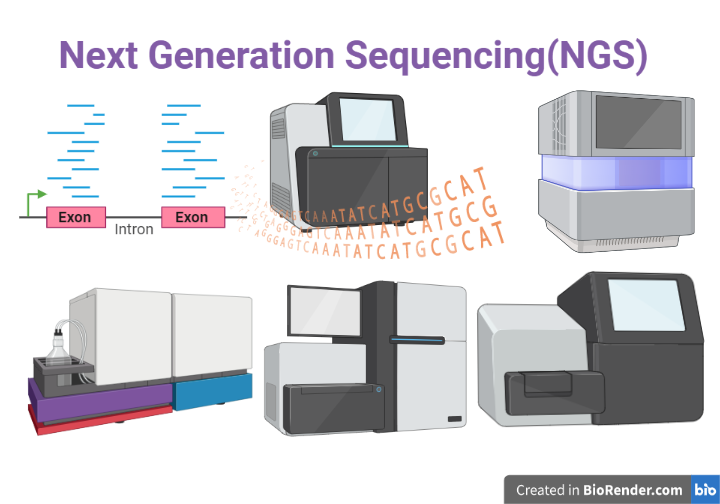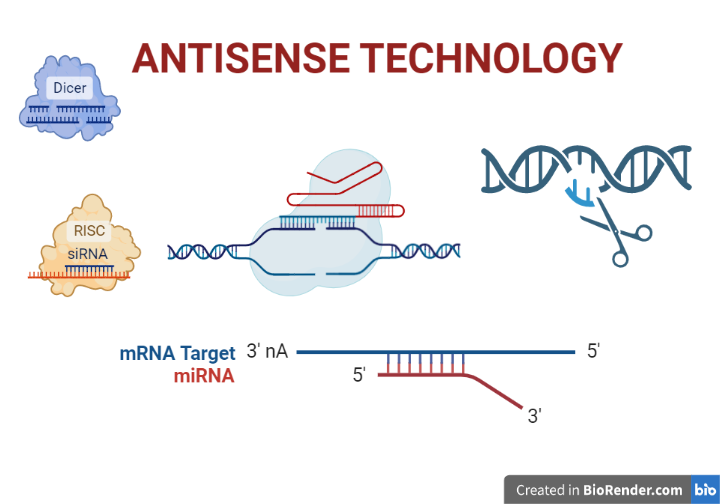DNA Repair Mechanisms- Definition, Types, Regulations, Applications
DNA repair is a process by which cells identify and fix damage to the DNA molecule. DNA damage can occur as a result of various factors, including exposure to environmental agents such as UV radiation and certain chemicals, errors during DNA replication, and normal metabolic processes.
DNA Repair Mechanisms- Definition, Types, Regulations, Applications Read More »










